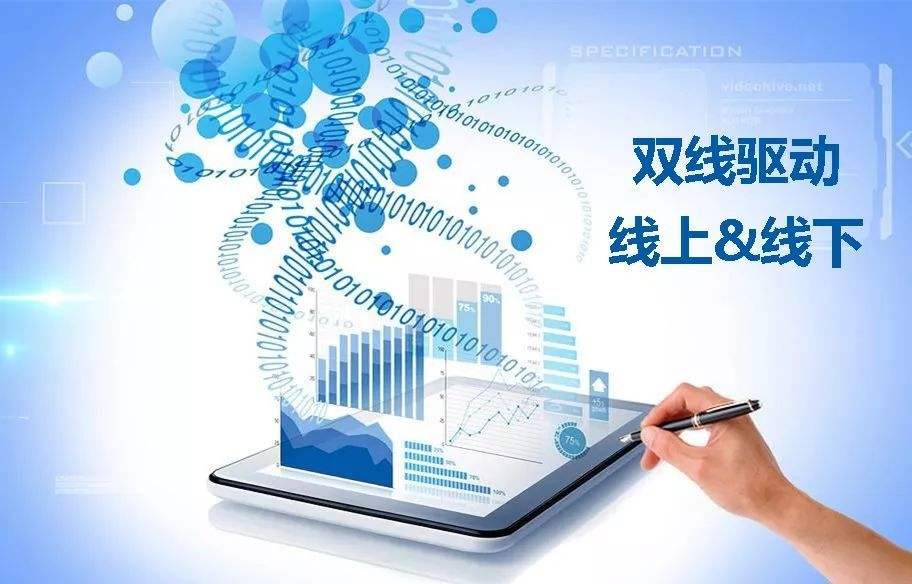VAT and its related trade training
SELL:


Non Bonded: should pay duty and VAT.
Bonded: The free import RM should not pay import duty and VAT suspend but once the FG constitute by the free-duty import RM didn’t export should be as domestic that pay back duty and VAT. It should separate from “duty free” that the latter one don’t need to pay duty and VAT any way.
Customers Handbook: suspend not to pay import duty and VAT, RM (bonded)/FG>50% can be enjoyed the preferential policy, If not should pay back tax.
The customer handbook aim at the key machining for export FG that the import RM by handbook have a HS code and the accordingly FG have another HS code. For our trading can’t process the handbook because they have the same HS code for import and export and they have no actual machining.
PR: Used for calculate the tax refund rate
Previously way: planning import/planning export
Current way: The actual PR of the last customers handbook as the new ones.
EPZ: Be as foreign.
BLP: need through the third party for cash & logistic & bill.
Waigaoqiao Free Trade Zone: Be as domestic.
If bonded RM constitute the non-bonded FG should pay back VAT: VAT= (invoice + insurance +duty)*17%
Non-bonded RM constitute the FG for bonded indirect input duty should transfer out.
Purchase:


Domestic: Pay VAT
Bonded: don’t pay VAT and cash deposit
According to the FG constituted by import RM whether export or domestic to judge boned or non-boned.
Overall




FOB: follow the name of the port of shipment. All expense and risk before the delivery should be undertook by the seller. The risk will been transferred to the buyer when the goods shipped on board and the buyer should assume the following freight fee and warehouse charges and so on.
CIF: Follow the name of the port of destination. The freight charge and insurance to the port of destination should be bear by the seller and the risk will be transfer to buyer when the goods shipped on board.






登录 | 立即注册